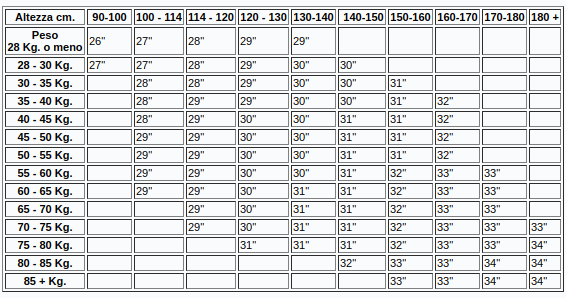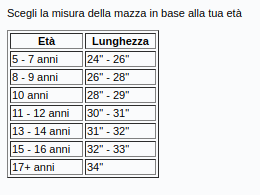Success at the plate often comes down to this: making solid, consistent contact against live pitches.To do this, it is important to spin the right club for you.That means a club long enough to allow you to attack the entire strike zone, light enough to swing easily, heavy enough to generate power, and, of course, legal in the league you play in.To find the ideal size for you, consider the following guidelines:


LENGTH
The length of the bat is measured in inches from the knob to the end cap.A longer bat gives you more coverage, allowing you to hit balls to the outside of the plate.However, longer clubs also tend to have more mass at the tip which requires more power to swing, lThe right combination of length and weight will help you achieve your peak performance.
Baseball bats are most commonly found between 24-34 inches.Please check the size chart for examples of what length might be appropriate for you.
Many baseball players mistakenly believe that a longer bat means greater plate coverage, but this is not always true.Since a longer club often means a heavier club, a club that is too long for you can slow down your swing and prevent you from reaching and hitting infield balls.Some major league players also swing bats up to 32 inches.When choosing your club length, you should keep in mind your swing and plate coverage as well as how far away you stand from it.
WEIGHT
The weight of clubs is measured in ounces (oz.).The weight of a bat is often tied to its "weight drop" or its length in inches minus its weight in ounces.For example, a 32-inch, 22-ounce bat would be referred to as a -10 bat.
As a general rule, the higher the level of competition or championship (i.e., from youth league up to pro) the less weight loss.A smaller weight drop means the club feels heavier.So a -5 club will feel heavier than a -10 club.
Choosing the right bat weight depends on three main factors: sport (baseball, softball, slowpitch), league rules, and player preference.
BArrel DIAMETER
The barrel is the widest part of the club, used to hit the ball. The barrelIt's where you want to hit the ball for maximum performance.
Barrel diameter is measured in inches, gGenerally, these are the most common barrel diameters:
- 23⁄4Inches
- 25⁄8Inches
- 21⁄4Inches
Each championship based on the category has its own rules that identify which characteristics the bat must have to be used.Before choosing a club, we recommend that you check the rules reported in the FIBS competitive circular, for the 2024 season they are the following:
U12 category: Land aluminum clubs approved for U12 category competitions are those with a maximum size of up to 2" 5/8 in diameter.
U15 category: Land aluminum clubs approved for U15 category competitions are those with a maximum size of up to 2" 3/4 in diameter
U18 category: yesWooden bats are mandatory and composite bats are permitted.
U21 category: yesWooden bats are mandatory and composite bats are permitted.
Serie B, C: yesWooden bats are mandatory and composite bats are permitted.
A league: yesWooden clubs are mandatory
